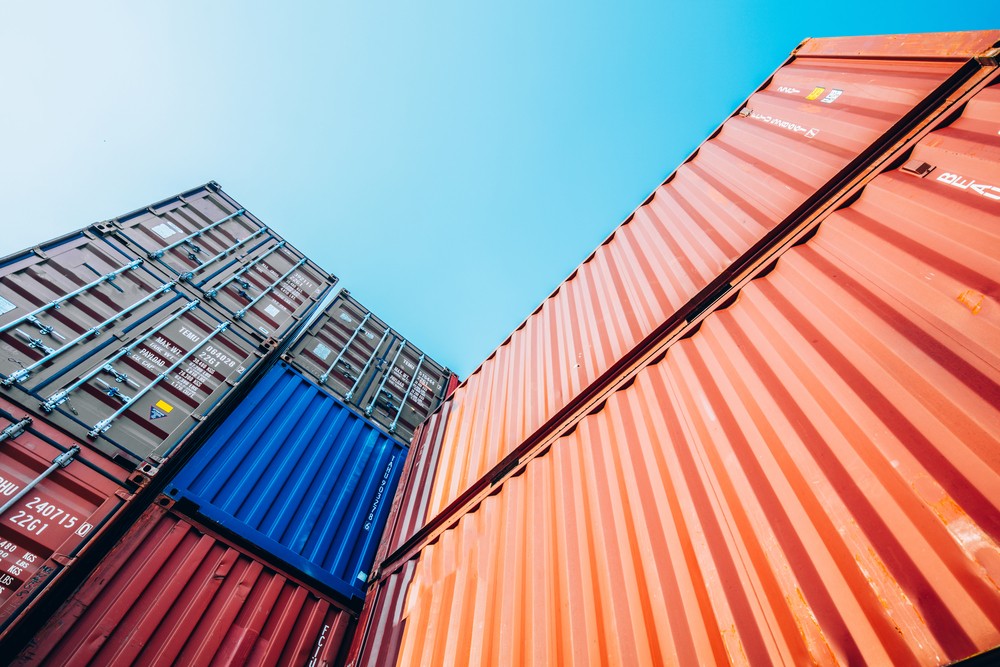U.S.-China Trade Deal Phase II Postponed Indefinitely

Much of the Trump presidency has been spent exchanging tit-for-tat tariffs with China amidst a growing trade war. A tentative end to the economic skirmish was announced in December, but has since fizzled out. Phase I won’t be proceeded by Phase II, as the Trump administration directs renewed animosity toward China. The newest points of contention include China’s mishandling of COVID-19 and aggressive policies regarding Hong Kong — both of which have sizeable ramifications for the U.S.
Even headed into election season, the administration has dug in its heels, determined to hold China accountable on the world stage. President Trump is quoted saying, “the relationship with China has been severely damaged. They could have stopped the plague, they could have stopped it, they didn’t stop it.” The administration has effectively tabled any plans to move forward on the loosely brokered trade agreement from December.
Recapping Phase I
In what appeared to be progress, Phase I saw both the U.S. and China coming to the table on key tariff concessions in an attempt to deescalate the ballooning trade war. Not only did the U.S. forgo an anticipated new round of tariffs, it reduced existing import taxes on about $112 billion in Chinese goods from 15% to 7.5%. China, likewise, agreed to purchase $200 billion of U.S. goods including soybeans and pork.
For many — including those in the manufacturing community — Phase I was a welcome relief to rising import-export costs. Many hoped it would be a segue to a rollback on tariffs and renewed trade relations. Unfortunately, it’s unlikely we’ll see Phase II anytime soon, if ever.
New tensions plague U.S.-China relations
The lack of a Phase II trade agreement comes on the heels of China’s handling of the coronavirus pandemic. The Trump administration hasn’t been quiet about its frustrations, publicly citing everything from China’s coverup of the virus’ severity to its manipulation of the World Health Organization (WHO) in coordinating a response. In fact, Trump has announced the U.S.’ withdrawal of funding from the WHO, in a doubling-down of its qualms.
Atop animosity for the coronavirus outbreak, the Trump administration also has condemned China for its recent and aggressive policies on Hong Kong. Pulling back on trade negotiations is one of few leverages the administration has in its arsenal to combat this overreach.

How will manufacturing fare?
As they did for the 17-month stretch of escalating tariffs, the trade tensions between the U.S. and China will have widespread impact on the manufacturing industry. Should China choose to retaliate or either country choose to reimpose sanctions, material prices will rise, along with import-export costs. President Trump has already declared that Phase II is not a priority, but in doing so, has inadvertently set the stage for more escalation — especially headed into election season.
Manufacturers will look toward the November election for a candidate with plans to jumpstart domestic production on the heels of a trade war and the coronavirus pandemic. Trump and Democratic challenger Joe Biden have both touted plans for manufacturing; however, both lay out very different strategies for repairing trade agreements and stimulating domestic manufacturing. As has been the case for the past 18 months, manufacturing faces uncertainties ahead.